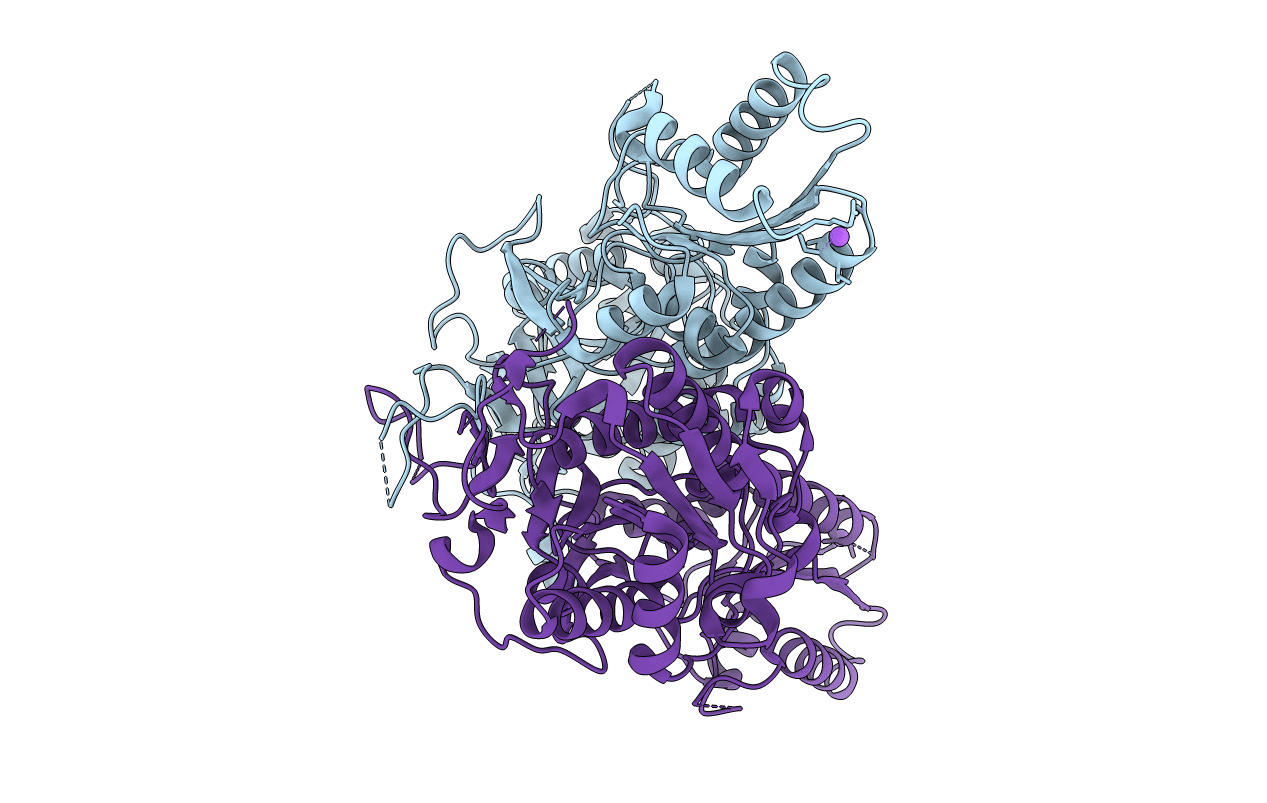
Deposition Date
2006-06-29
Release Date
2007-02-13
Last Version Date
2024-02-14
Entry Detail
PDB ID:
2HIG
Keywords:
Title:
Crystal Structure of Phosphofructokinase apoenzyme from Trypanosoma brucei.
Biological Source:
Source Organism:
Trypanosoma brucei (Taxon ID: 5691)
Host Organism:
Method Details:
Experimental Method:
Resolution:
2.40 Å
R-Value Free:
0.23
R-Value Work:
0.20
R-Value Observed:
0.20
Space Group:
P 21 21 2


